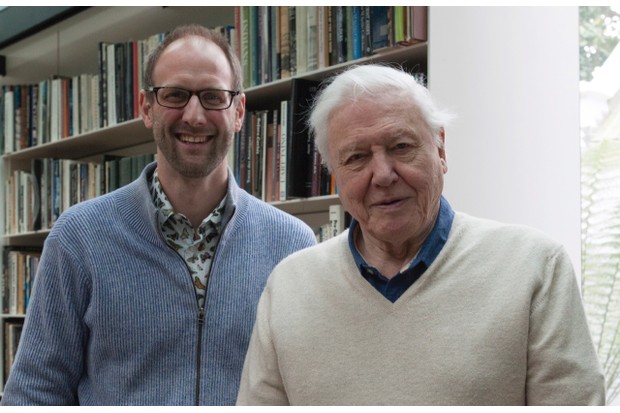Both sexes of woodpecker drum, though males are much more persistent, and the great spotted does it more frequently than Europe’s nine other woodpecker species.
It’s a form of territorial advertisement, not a method of excavating holes. But how on Earth does the bird avoid injury from repeated hammering, including from the rapid deceleration of its bill with each and every impact? The latter is equivalent to 1,000g, where ‘g’ is the force of gravity.
It’s not down to any single adaptation – rather, a woodpecker has a suite of modifications. As you would expect, these include a reinforced, extra-thick skull. But the skull also contains special spongy sections that act as shock absorbers, plus a layer of muscle underneath it. All of these adaptations cushion the brain. In addition, a massively extended bone, the hyoid, helps to hold the brain in place like a harness.
The front of the woodpecker’s skull juts out to prevent the upper mandible of its bill from being rotated and forced upwards by the violent shock of strikes. And the bill itself is structured to minimise the force that travels down it towards the brain.
Finally, small, stiff feathers keep flying wood chips out of the bird’s nostrils. So next time you hear a woodpecker drum, marvel at the wonderful array of features making it all possible.
Did you know?
- A drumming great spotted woodpecker hits 10–40 strikes a second, often making several ‘drum rolls’ in rapid succession.
- Woodpeckers may use metal, plastic and ceramic drumming posts, including roof gutters, weather vanes and satellite dishes.
Do you have a wildlife question you’d like answered? Email your question to wildquestions@immediate.co.uk or post it to Q&A, BBC Wildlife Magazine, Immediate Media Company, Eagle House, Bristol, BS1 4ST.
Main image: Great spotted woodpecker © iStock
